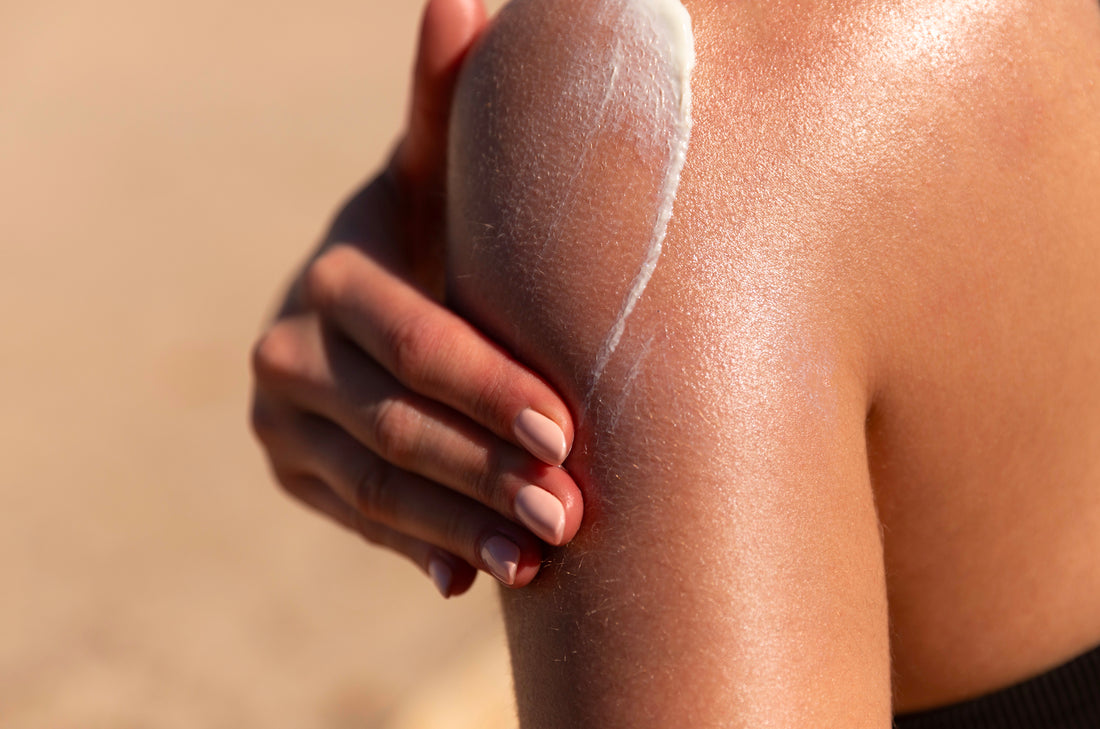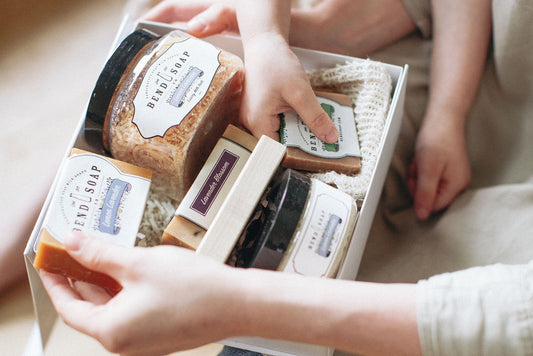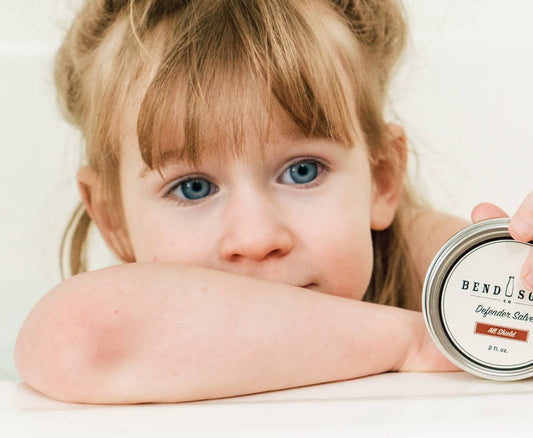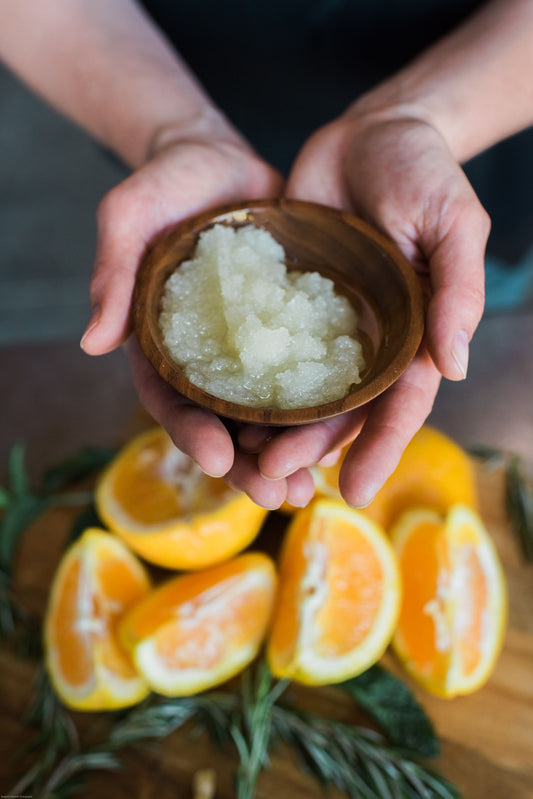Are you ready for a thrilling twist about sun exposure? Has all the chatter you've heard about sun-damage left you feeling like a vampire, dodging daylight, and constantly reaching for SPF 50?
Get ready to flip that script!
You've probably had it drilled into your mind, echoing with every sunlit step: "Beware of the wrinkles, the sun is your skin's arch-nemesis!" Or that familiar maternal voice that haunts your beach trips, "Don't skimp on the sunscreen, darling, or you'll fry like a piece of bacon!"
Well, the next time you find yourself on the receiving end of these well-intentioned warnings, it might be time to sprinkle some knowledge from a surprising study into the conversation.
Buckle up for this revelation: contrary to what we've been told, cancer rates actually soar the further we travel from the equator, where the sun blazes with the most intensity! How's that for a paradigm-shifting fact about the sun?

Sunlight Revelations: Vitamin D
If you didn't already have this on your trivia list, here's a sparkling fact: our fabulous friend, the sun, is the Hollywood A-lister when it comes to supplying us with Vitamin D.
Now, this uncovers a tantalizing mystery, a question that's as intriguing as the plot of your favorite binge-worthy series. Could it be that our well-meaning, but possibly misguided, apprehension of the sun is secretly directing a drama of other health snags?
Let's take a scenic trip to our chillier northern states. Here, the sun's rays meet Earth at an angle that leads to milder UVB radiation. The result? Slow production of Vitamin D. This tempo further drops during winter months, when daylight hours dwindle, decreasing the natural synthesis of Vitamin D.
This deficiency isn't just a simple nutritional shortfall, it's a complex puzzle piece in a series of health concerns. Numerous studies reveal that it's connected to bone issues like rickets in children and osteomalacia in adults. But the plot thickens as a Vitamin D deficiency is also linked to a parade of health challenges, including cardiovascular disease, cancer, multiple sclerosis, autoimmune diseases, diabetes, and osteoporosis.
Sunscreen May Cause Vitamin D Deficiency
Your go-to sunscreen shields your skin by blocking harmful ultraviolet rays. However, these same UV rays have a crucial role in our bodies for synthesizing Vitamin D.
When you apply sunscreen, it acts as a protective barrier and reduces the skin's exposure to UVB radiation. Consequently, this can hinder the skin's capacity to produce Vitamin D3. Studies have shown that sunscreen with a sun protection factor (SPF) of 30 or higher can significantly decrease the skin's vitamin D3 synthesis. However, it's important to note that even with sunscreen, some vitamin D synthesis can still occur due to the potential for scattered UV radiation reaching the skin.
Research conducted over a decade ago, brought to light that an astounding three-quarters of U.S. teenagers and adults are lacking in Vitamin D. The findings, made their debut in the Archives of Internal Medicine, highlight an alarming surge in Vitamin D deficiency in the U.S.
Take a trip back to the period between 1988 and 1994. At that time, almost half of the individuals examined as part of the National Health and Nutrition Examination Survey had sufficient Vitamin D levels. Fast-forward a decade, and a worrying picture emerges. Only 23% of those surveyed meet the required Vitamin D levels.

Cancerous Chemicals Found in Sunscreen
We've been advised again and again by our trusted dermatologists: sunscreen is a non-negotiable shield against skin cancer. Yet, as is the case with all fascinating tales, there's an unexpected turn. A study from 2018 subtly challenges our long-held beliefs, suggesting that sunscreen might not be the skin defender we thought it was.
Adding to the intrigue, a research article in the Journal of the American Medical Association (JAMA) published in May 2019 reveals that certain active ingredients in sunscreen are absorbed into our bodies, making their way into our bloodstream.
Before we send every sunscreen bottle in our possession to the recycling bin, let's delve a little deeper into the data from this intriguing study. A group of 24 individuals were selected for this scientific exploration, and they were each tasked with applying different types of sunscreen - including popular accessible sprays, lotions, and creams - over a span of four days.
Here's the drill: these participants were asked to apply the same quantity of sunscreen to about 75% of their skin, four times daily for four consecutive days. If you're wondering, this is indeed the maximum application advised by most sunscreen brands.
Fast forward to the end of the experiment - thirty blood samples were collected from each individual. The results? Each sample showed traces of all four active ingredients found in the sunscreen: avobenzone, oxybenzone, octocrylene, and ecamsule.
In a startling revelation, the National Toxicology Program unveiled a connection between oxybenzone exposure and a heightened risk of thyroid tumors in female rats. On top of that, even the European Commission, the body responsible for assessing ingredient safety in Europe, voiced concerns by declaring oxybenzone unsafe for use at the concentrations currently employed.
It appears that the aftermath of sunscreen use might outstay its welcome. A study led by the U.S. Food and Drug Administration in 2020 discovered that active ingredients in "chemical sunscreen" enter the system after a single application and that certain ingredients can remain in the bloodstream for a minimum of three weeks.
The components examined in this FDA study encompassed avobenzone, oxybenzone, octocrylene, homosalate, octisalate, and octinoxate. Each of these six active elements was readily absorbed into the bloodstream of human participants, reaching levels that surpass a significant FDA safety benchmark.
These findings are in line with earlier research that revealed sunscreen chemicals penetrate the bloodstream within a day of application — and at concentrations substantial enough to trigger an official safety investigation.
Some public safety connoisseurs point out this as an instance of the flawed nature of product regulation in the U.S.

How Much Sun is Too Much?
How much sunlight is needed? According to Dr. Jack Kruse and many health professionals, we need more sunlight than is suggested by the media and mainstream science.
Given that many of us spend the bulk of our days indoors, be it for work or leisure, our bodies have become acclimated to minimal sunlight exposure.
Our bodies need time to adjust to the intensity of sunlight, especially if we aren't regularly exposed. So, if you're planning to revel in the sunshine on a blazing summer day, hoping to not get a sunburn without any prior acclimation, you might be in for an unpleasant surprise.
Based on a Swedish study that kept track of 30,000 women over two decades, from avid sunbathers, summer and winter alike, to the ladies who adored "sun vacations," to those who frequented tanning beds - a variety of sun-loving habits were studied. Even those who couldn't part with their sunblock joined the study. Their lotion might prevent sunburn and early aging, but, surprise, surprise, it didn't quite do the trick for skin cancer prevention.
Now, this is where it gets interesting! The sun-kissed ladies were grouped based on their love for the sun, from Group 0–the sun-avoiders, to Group 4–the sun bathers. Twenty years later, hold on to your sun hats, Group 4 was the healthiest! They had the least chronic illnesses, fewer heart diseases, and the lowest mortality rate.
Although they had slightly more cases of all types of cancers, it was attributed more to their longevity than their love for the sun.
On the flip side, our sun-shy Group 0 had a shocking revelation. They had the highest chronic illnesses and mortality rate, which was alarmingly on par with cigarette smokers. It's quite startling to think that sun avoidance was associated with ill health on a scale similar to obesity, smoking, and a sedentary lifestyle.
At this point, you must be wondering, "But what about skin cancer? Aren't these bronzed beauties from Group 4 dying of skin cancer?" Well, not quite! All groups developed skin cancer fairly equally, but those who had the most sun exposure were least likely to die from the deadly skin cancer, melanoma. It seems the higher Vitamin D levels in Group 4 came to the rescue, resulting in a lower rate of cancer spread.

Keep Your Skin Health in Check
So what now? You’ve been armed with quite a lot to think about. If your head is spinning, don’t worry! Here are a few tips to keep your skin health in tip-top shape. However, make sure you understand that we’re not offering medical advice but rather, helping you decipher facts from fiction.
Know Your Sunlight
Sunlight consists of two types of ultraviolet light: UV-A and UV-B. UV-B is responsible for your suntan and sunburn, while UV-A has links to skin cancers, including melanoma.
Understand Sunblock
While sunblock is an essential tool in your skincare arsenal, remember it primarily blocks UV-B rays but not UV-A. Excessive use of sunblock can inadvertently lead to a slight increase in melanoma risk, as it might block the protective tan induced by UV-B. If you’re opting for sunscreen for protection from overexposure to the sun, EWG advises to opt for mineral-based sunscreen products with zinc oxide or titanium dioxide active ingredients and avoid products with ingredients like oxybenzone and retinyl palmitate.
Embrace the Tan, Wisely
A healthy tan from UV-B exposure can to some extent protect you from UV-A induced cancer. The key is moderation and avoiding sunburn. Consult a naturopath or other medical expert to help you find the right balance of time in the sun.
Boost Your Vitamin D
UV-B also stimulates your body's vitamin D production, vital for overall health. Low sun exposure and excessive sunblock use may result in Vitamin D deficiency, a risk factor for many chronic illnesses, including cancer. Many doctors recommend that you maintain a healthy Vitamin D level either through moderate sun exposure or Vitamin D supplements.
Be Aware of Your Environment
Glass windows block the beneficial effects of UV-B (tanning and Vitamin D) but not the cancer risks from UV-A. If your workspace is bathed in sunlight through windows, consider investing in UV protective window film or using blinds and curtains during peak sun hours.
Prevent Sunburn
Frequent intense sunburns, especially during childhood, are dangerous due to high UV-A exposure occurring before UV-B can provide a protective tan and boost vitamin D levels. Always apply sunblock when anticipating prolonged sun exposure.
Prepare for Beach Vacations
If you've spent the winter indoors, start boosting your Vitamin D levels about a month before any sun-soaked getaway. This will help protect your skin from potential skin cancer.
Avoid Overuse of Sunglasses
A theory circling in the internet, throws light on the potential drawbacks of frequently donning sunglasses. It seems that sunglasses may trick our brain into thinking it's dusk by altering the solar frequency spectrum perceived by our eyes, thereby inhibiting the production of melanin, a hormone that guards against sunburn.
Consequently, our brain doesn't relay the necessary signals to the pituitary gland to generate melanin, the pigment responsible for tanning our skin and fortifying it against burns. Additionally, an abundance of Vitamin A in our bloodstream can decrease melanin production and dampen its photochemical abilities. This is a primary reason why blue light and melanopsin dysfunction have been implicated in numerous cancers.
Nourish Your Skin
If you’re spending time in the sun, don’t forget to nourish your skin with products loaded in essential nutrients. Did you know that our Unscented Goat Milk Lotion can soothe and rejuvenate sun-kissed, dry skin? Our rich, all-natural formula is packed with essential nutrients your skin needs to look and feel its best, like aloe vera which is a must for soothing burned skin.
In addition, many health experts and dermatologists even suggest that regularly soaking in a milk bath may help improve the symptoms of some common skin conditions. Because of the moisturizing fats in goat milk, soaking in milk baths can even help calm redness from a sunburn.





16 comments
Thank you for posting this article. I have believed this for many years and now I can show others who doubt the truth about sunscreen and fear of the sun.
Thank you for this nice write-up. I didn’t read anything I didn’t know, but wanted to share that I work with Beautycouner, a clean beauty brand advocating for more regulations in our personal care products, including sunscreen. We understand many ingredients are toxic and are formulating without them, and have the mission to make safer available for everyone in the future. Our visions align with yours! Here’s to a clean future!
I FEEL VINDICATED! THANK YOU SO MUCH!
Sorry to rock the boat, but you say consult with a health professional to determine what the safe amount of time in the sun is for you. Pretty sure most will say “not a lot”. It’s true most people do work indoors nowadays and that makes it difficult to build up a tan as you’re suggesting before going away on a vacation for example where you’re going to be in the sun quite a bit. So kind of a catch 22 there. Also let’s be careful about recirculating “theories on the internet.” Found your soap at natural grocers, but its basically on the bottom shelf..?
Thank you. This validates my thoughts about sunscreens.